#yellow wood sorrel
Text
Glowing In Dark Times

Wood Sorrel weeds lighting up a dark landscape. Photo credit: Jonathan Chua.
This was lit by the early afternoon sun. Three stops of underexposure were needed to darken further the already dark background in this capture.
#photographers on tumblr#canon 55-250mm#flora fauna#flora photography#flower pics#olympus em1#olympus photography#Oxalis stricta#photography tips#weed photos#yellow wood sorrel
2 notes
·
View notes
Text
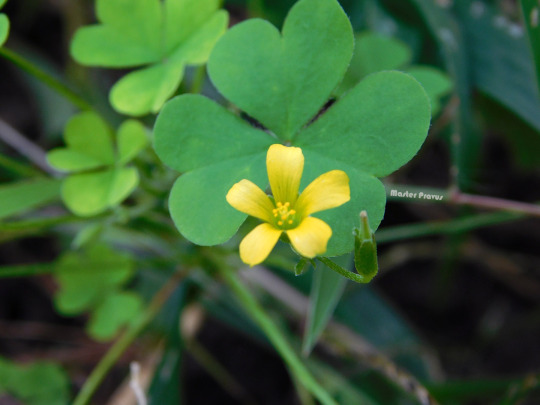
"A Weed is but an unloved flower." -Ella Wheeler Wilcox
Every day I go for a little walk, if I'm able. I've done this ever since I was a little itty bitty Kitty. I think there's always something pretty out there you can find. And I think that even "weeds" can be pretty. It's all in how you look at it. Some days there are gorgeous wildflowers and some days there are itty bitty little plants or a cute rock. There's something every time I go outside that I can find to admire. Sometimes I share them here, if I have my camera with me at the time.
--Please don't delete my caption--
1 note
·
View note
Text

8/5/2023. Yellow wood sorrel, this summer’s favorite. Absolutely delicious. My mother has a cute name for them, too.
0 notes
Text
Weed Witchery: Lemon Clover

Second post about all the beautiful flora we categorically dismiss because it’s not grass. Gonna share what they are as well as some ideas for how they could be used for spells. If anyone knows something I don’t about these plants, please share! I am not an expert. I’m just a lady reading Wikipedia and a few online field guides.
Also! In this post I’m going to mention medicinal uses. I think magic and medicine are intersectional; how something affects our body is great insight into how it can affect us through spellwork. But I am not a trained herbalist. Whenever I touch on medicine, I intend to cite my sources. If I ever forget to include a source, please call me the fuck out.
Quick Facts
Native to: North America and Eurasia
Edible: Yes*
Cat/Dog Safe: No*
*It is not recommended that you eat this in large quantities. Wood Sorrel is high in oxalic acid, which inhibits calcium absorption. For this same reason, it’s generally not considered pet-friendly since they can be particularly vulnerable to kidney stones.
Identification
Yellow Wood Sorrel, or as I know it, Lemon Clover, gets its nickname because it has a sour taste with notes of lemon (or, if you’re my partner, green grapes). It has three heart-shaped leaves and will grow yellow flowers with five petals. Even without the flowers, you’ll know it’s not white clover by the shape of the leaves and the lack of white stripe in the middle. Fun fact, this is a relative of shamrocks, which are not actually clover. But I still call it clover because, well, look at it. Taxonomy makes my head hurt so I’m not gonna go any deeper than that.


(photos from Wikimedia Commons)
Uses and Correspondences
Being a relative of the lucky shamrock and having a sour taste that evokes cleansing lemon, this seems like an ideal ingredient for hex breaking! Should I ever suspect I’ve been cursed or just need to let go of something, I think I’d like to try using this in a ritual bath. Lemon clover also has some medicinal uses worth noting. Native Americans have used it as a poultice to reduce swelling and made infusions for its antipyretic (fever-reducing) properties. I also read that this can be used to curdle milk for cheese making because it’s acidic, but I don’t know how effective it is.
#weed witchery#Lemon clover#Yellow wood sorrel#edible plants#medicinal plants#native plants#green witchcraft#witchcraft#clover#sourgrass#Hex breaking
0 notes
Text
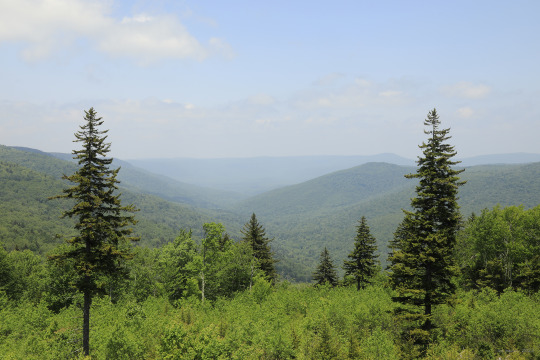



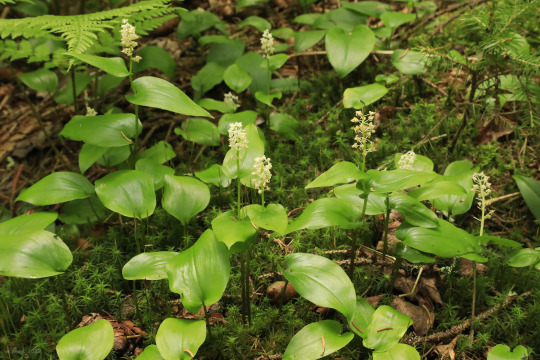

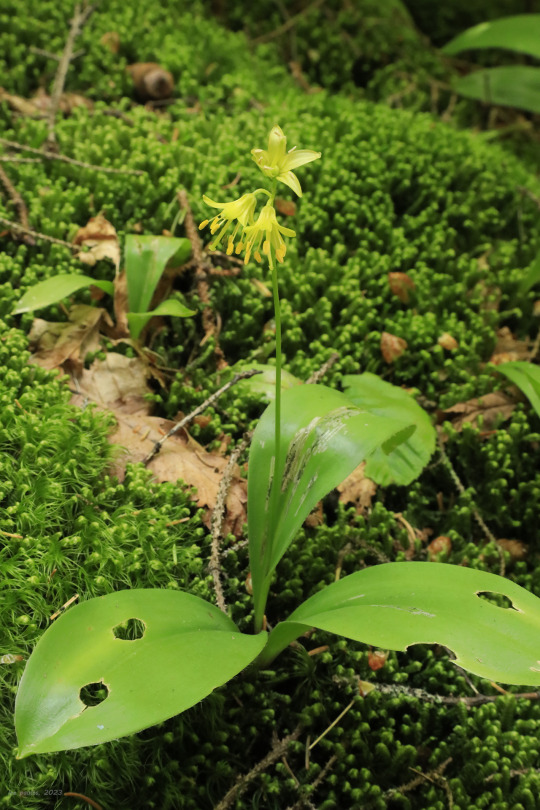
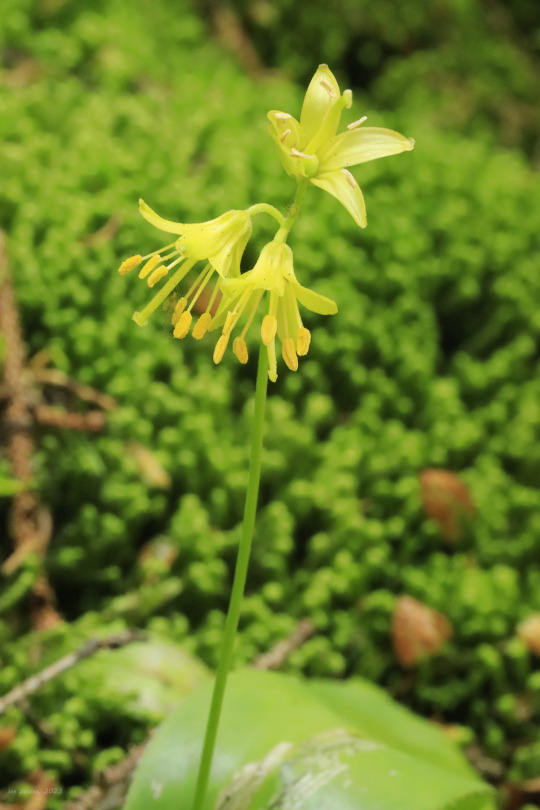





Walk with me: Visit to a high-elevation red spruce forest. The red spruce (Picea rubens) forest on top of Red Spruce Knob, the ninth highest peak in West Virginia, provides a bittersweet glimpse back in time to the primeval beauty and solitude of such places prior to the arrival of the logging companies in the mid-Nineteenth to early Twentieth centuries. The loggers stripped the mountains bare and set in motion the massive wildfires that burned away everything, including the soil itself, down to solid bedrock. Almost a century later, the forest is regenerating and in some places, such as Red Spruce Knob, has regained the richness and vitality of a healthy boreal ecosystem.
From top: a view of Red Spruce Knob, in the far distance, from the Highland Scenic Highway overlook; Canada mayflower (Maianthemum canadense), a ubiquitous understory component of the forest, along with mountain woodsorrel, yellow clintonia (a.k.a. blue-bead lily), hobblebush viburnum, Indian cucumber, green false hellebore, and various mosses and ferns; yellow clintonia (Clintonia borealis) in bloom; pink lady's slipper (Cypripedium acaule); green false hellebore (Veratrum viride) on eastern hay-scented fern (Dennstaedtia punctilobula); and mountain woodsorrel (Oxalis montana).
#appalachia#vandalia#west virginia#wildflowers#spring#flora#allegheny mountains#monongahela national forest#red spruce knob#highland scenic highway#red spruce#canada mayflower#yellow clintonia#blue-bead lily#pink lady's slipper#false green hellebore#eastern hay-scented fern#mountain woodsorrel#mountain wood-sorrel#boreal forest
208 notes
·
View notes
Text


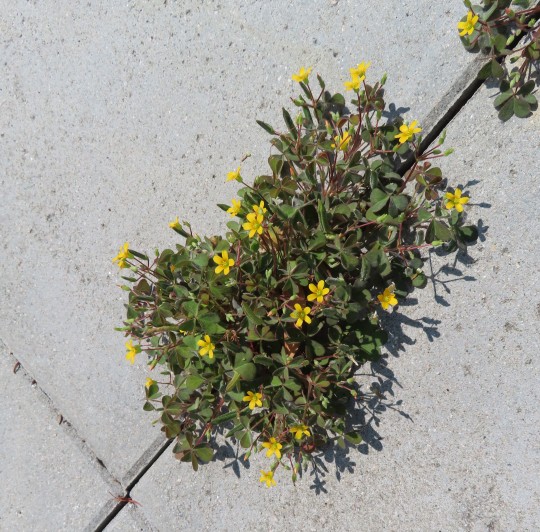
Oxalis corniculata (creeping wood sorel)
Ode to a weed
Creeping wood sorrel doesn't need much. it hasn't rained in weeks but a crack in the sidewalk is enough to produce this very healthy specimen. This plant originated in South East Asia and made it to Europe by the 1500's. It's tiny seeds can be spread by ants and birds but the expansion of human civilization has been the main driver. There are 570 species in the genus Oxalis but this species has established itself in suitable habitats around the world.
According to the Global Invasive Species Database,
"Oxalis corniculata is thought to be invasive in many areas including: Australasia-Pacific (such as Australia, Cook Islands, Fiji, Hawaii, French Polynesia, Palau, U.S. Minor Outlying Islands), Asia (such as Cambodia, China, Indonesia, Japan, South Korea), Central America (Cayman Islands) and North America (Canada). Regardless of area, it has been noticed as an invasive and weedy plant."
Personally, I like this plant's 'pluck' and it's little yellow flowers. When I see a plant like this growing in a crack in the sidewalk, I think of the words to the Frank Sinatra classic, New York, New York, "If I can make it there, I can make it anywhere."
#flowers#photographers on tumblr#creeping wood sorrel#yellow#new york new york#fleurs#flores#fiori#blumen#bloemen#frank sinatra#vancouver
118 notes
·
View notes
Text
common yellow wood sorrel.
21 notes
·
View notes
Text

#yellow#yellow flowers#plant photography#plant blog#plants#neighborhoodsightseeing#flowers#clover#oxalis#wood sorrel
19 notes
·
View notes
Text
Wood Lily
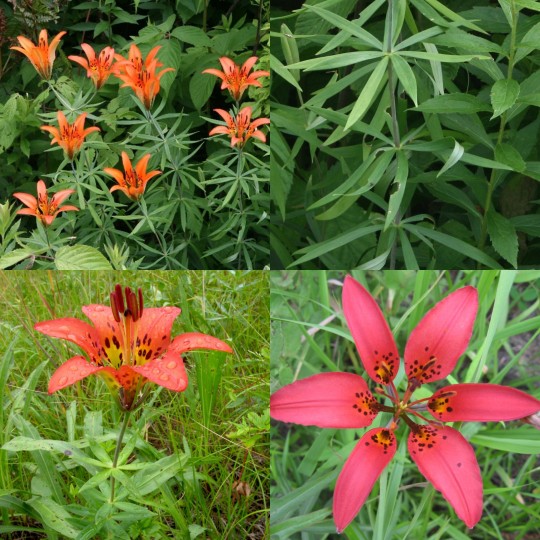
Find:lowers, seeds and bulbs are edible raw.bulbs are best when boiled in two changes of water, though still bitter/peppery.cooked bulbs can be dried whole or mashed and dried for storage.
Description:Wood lily’s stalk rises 1-3 ft. and is topped by upright, cup-shaped, purple-spotted, red-orange flowers. 1-5 funnel-shaped flowers, mostly red to orange with purplish-brown spots, on an erect stem with whorled leaves. There are usually one to four flowers per plant. The leaves of this perennial are long and narrow and arranged in whorls.
Edible parts and uses:grows in moist areas in plains, foothills, and montane regions.
Precautions: no real precautions.
Wood sorrel

Find:Wood sorrel is a common lawn weed that likes partial shade. Look for it in yards, gardens, and parks.
Description:Wood sorrel can grow up to 15 inches tall but typically only reaches eight or nine inches.Its palmately compound leaves measure 3/4 to 1 inch across (2 to 2.5 cm).Each leaf comprises three heart-shaped leaflets.Each leaflet is creased along its midvein like a folded paper heart.The leaflets fold up at night and open during the day.They're most commonly green but can also be purple or burgundy.
Edible parts and uses:Wood sorrel should be used fresh. Pick off the leaves, flowers, and immature seed pods to put in salads, avoiding older, tough stems.Eat it raw or cooked.Wood sorrel has a tart, lemon-like flavor and goes well with meat and fish.Also tea.
Precautions:can be toxic when consumed in large quantities because it inhibits the absorption of calcium.
Yellow Clintonia
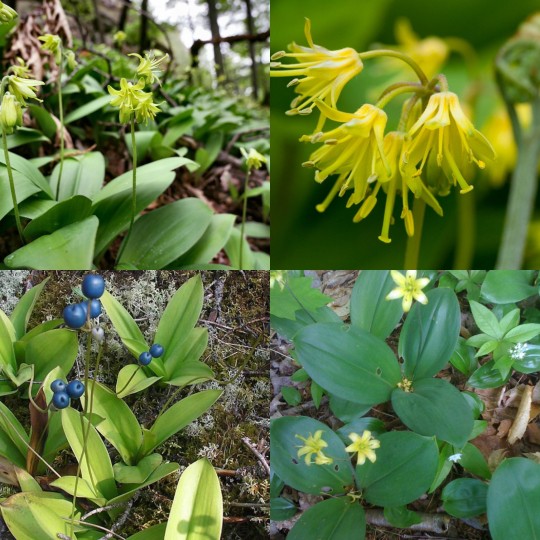
Find:grow in well-drained to imperfectly drained soils. It is usually characterized as shade tolerant, but has been seen growing in full sun in some sites.
Description:basal clump of three to five thick, shiny, oval leaves surrounds an 8-15 in. leafless stem topped by a cluster of nodding, pale yellow-green flowers. The stalk rises from a basal set of shiny, bright green, oblong leaves and has at its summit 3-6 yellowish-green, drooping, bell-like flowers. Bright blue, spherical berries follow the flowers.The cluster of beautiful fruits are noted for their extraordinary true-blue color.
Edible parts and uses:Young leaves are edible raw or cooked. This is best harvested in spring before the leaves unfurl. Older leaves can be used in soups.
Precautions:NEVER consume any other part of this plant!
Yellow marsh-marigold

Find:Wet areas in marshes, fens, ditches and wet alder woods.
Description:Marsh marigold has glossy green basal leaves that are round, oval, heart or kidney-shaped. The leaves have a deep and narrow sinus or notch. The leaves may have smooth margins or small scallops or teeth along the edges. The basal leaves have long petioles while upper, stem leaves are alternate and on shorter petioles. The plant stems are hollow.Flowers typically occur in mid-April through June, depending on location, with flowering starting later in the northern parts of the plant's range. Flowers are showy, shiny yellow, about ½ to 1½ inch across, occurring in clusters. They have 5 to 9 petal-like sepals.
Edible parts and uses:Root - must be well cooked. The raw root should not be eaten. Some caution is advised, see the notes above on toxicity. Flower buds - raw, cooked or pickled and used as a caper substitute. Eating the raw flower buds can lead to intoxication. Some caution is advised, see the notes above on toxicity. Young leaves - raw or cooked. The leaves are harvested in the spring as the plant is coming into flower and is used like spinach after cooking in two or more changes of water[. Eating the raw leaves can lead to intoxication. Some caution is advised, see the notes above on toxicity. Older leaves, before the plant flowers, can be eaten if they are well cooked. Some caution is advised, see the notes above on toxicity.
Precautions:The whole plant, but especially the older portions, contains the toxic glycoside protoanemonin - this is destroyed by heat.
Yellowcress
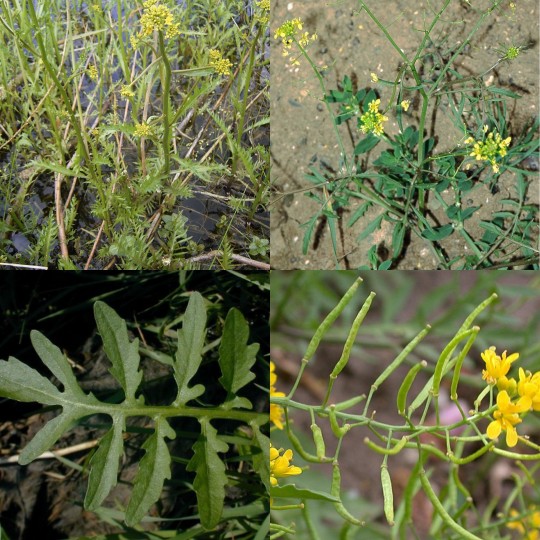
Find:include muddy borders of ponds and small rivers, marshes, openings in floodplain woodlands, prairie swales, sloughs through meadows, poorly drained fallow fields, and ditches. This plant prefers flood-prone areas that have a history of disturbance.
Description:This biennial or annual plant is 1-3' tall; it is normally erect and branches occasionally to frequently. The stems are light green to reddish green, glabrous, and strongly furrowed or ribbed. The alternate leaves are up to 7" long, 2" across, becoming smaller as they ascend the rather zigzag stems. The variable leaves are oblanceolate or oblong-ovate, hairless, pinnately lobed (usually), and dentate or crenate along the margins. Often, there are 1-2 pairs of moderately deep lobes near the base of each leaf, and shallow lobes or large teeth elsewhere. The lower leaves have stout petioles, while the upper leaves are usually sessile, or nearly so. The leaf tips are variable in shape, ranging from blunt to acute.
Edible parts and uses:The young leaves, stems and young seedlings can be eaten raw in salads or cooked. A good watercress substitute.
Precautions:no real precautions.
Farrell asparagus
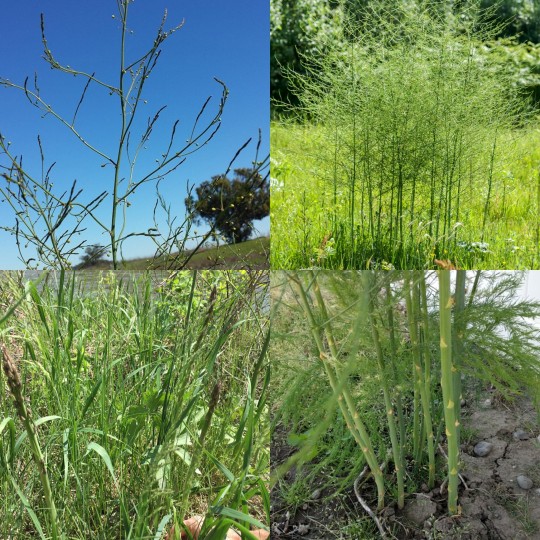
Find:found in such habitats as black soil prairies, grassy meadows, thickets, fence rows, powerline clearances in wooded areas, abandoned fields, vacant lots, gravelly areas along railroads, grassy roadsides, and waste areas.
Description:This herbaceous perennial plant is 2½–7' tall at maturity, branching occasionally. At the base of the plant, the primary stem is relatively stout (up to 1" across) and angular-terete. Small alternate leaves are appressed against this stem; they are light yellow to purple, deltate in shape, and scale-like in appearance. As the primary stem continues to lengthen, it develops alternate secondary stems that are more slender and either ascending or widely spreading. These secondary stems also have alternate leaves that are even smaller in size, scale-like in appearance, and appressed. Both the primary stem and secondary stems are grayish green, glabrous, and sometimes glaucous. Along the secondary stems and upper half of the primary stem, there are whorls of 4-15 stemlets (cladophylls) that resemble needle-like leaves; they develop from the axils of scale-like leaves. Relative to their stems, these stemlets are ascending to widely spreading; the latter are ¼–1¼" long, about 1 mm. across, grayish green to green, glabrous, and narrowly linear in shape.
Edible parts and uses: Young shoots.
Precautions:no real precautions.
Bugleweed-American

Find:part shade, sun; moist soil; along shores, wet meadows.
Description:The lower leaves are deeply lobed, up to 3½ inches long and 1½ inches wide, with a few scattered hairs along major veins on the underside, and little or no stalk. Leaves are progressively smaller as they ascend the stem and become coarsely toothed to nearly toothless at the top of the plant. The stem is square, mostly hairless, and unbranched.Fruit is a set of 4 nutlets forming a square, each nutlet containing a single seed. The calyx lobes are much longer than the fruits.A small dense cluster of 1/8-inch white flowers surrounds leaf axils along much of the stem, blooming from the bottom of the plant up and usually not all flowers in a cluster are open at the same time. Individual flowers are tubular, with 4 spreading lobes about equal in size. There are often tiny pinkish purple spots on the inside of the petals. 2 purple-tipped stamens extend out of the tube. The calyx is hairless, has 5 narrowly triangular lobes each with a sharply pointed tip and is about as long as the floral tube.
Edible parts and uses:Bugleweed shoots can be eaten raw in salads or sautéed. The leaves can be steeped in tea, eaten in salads or added to casseroles.
Precautions:no real precautions.
Bugleweed-Northern

Find:Low, wet or boggy ground in the north of its range, wet woodland in the south,light (sandy), medium (loamy) and heavy (clay) soils. Suitable pH: mildly acid, neutral and basic (mildly alkaline) soils. It can grow in semi-shade (light woodland) or no shade. It prefers moist or wet soil.
Edible parts and uses:Root - raw or cooked.The crisp white tubers can be eaten raw in salads or cooked in soups etc. When boiled for a short time they are said to make an agreeable vegetable.
Precautions:no real precautions.
Coltsfoot( Arrow-leaved)

Find:found in 0prest edges and on steep slopes prone to landslides. It tolerates wet, poorly drained areas and riverbanks susceptible to spring flooding.
Description:The flower stalks emerge in early spring, well before the leaves, and are thick, conspicuously bracted, and topped by clusters of typically Composite Family flowers, consisting of many disc flowers and surrounding ray flowers. Flowers range in shade from a slightly greyish white to faintly pink.
Edible parts and uses:The roots, leaf stalks, flowers, and flower stems of Sweet Coltsfoot are all edible. Young leaves can be eaten raw or cooked, mixed with other greens. The leaves can also be made into sauerkraut and used in the same way any other potherb is used.
Precautions:no real precautions.
Coltsfoot-Palmate

Find:Perennial herb,Prefers moist forests, openings and swamps and Low to middle elevations
Description:Form: 10-50 cm tall, many-stemmed, flowering stems appearing before leavesLeaves: Basal leaves heart-shaped and deeply divided into 5-7 toothed lobes, green and glabrous (without hair) above but white-wooly below, stem leaves reducedFlowers: Ray flowers white, disk flowers pinkish white, hairs at base of bracts, several borne in flat-topped cluster on white-wooly stalksFruit: Seeds with hairy pappus for wind dispersal
Edible parts and uses:young stems with flowers can be roasted, boiled or stir-fried. leaves can be cooked like spinach. leaves can be rolled into tight balls, dried, and burned to ash as salt substitute.
Precautions:no real precautions.
#wood Lily#wood sorrel#yellow Clintonia#marsh marigold#yellowcress#asparagus#bugleweed#coltsfoot#herbs#foraging#homemade#free food#plants#cottagecore#recipe#mb#nature#naturecore#collecting#canada#north American#landscape#homesteading#forest#diy#aesthetic#summer
15 notes
·
View notes
Text

Oxalidaceae Oxalis dellenii
Common Yellow Wood-Sorrel
Identification via Pl@ntNet
2 notes
·
View notes
Text
Clover vs. "Clover"
Clover's one of my favorite plants, and I thought that springtime would be the perfect time to clear up a common misconception about it!
so
This is not clover
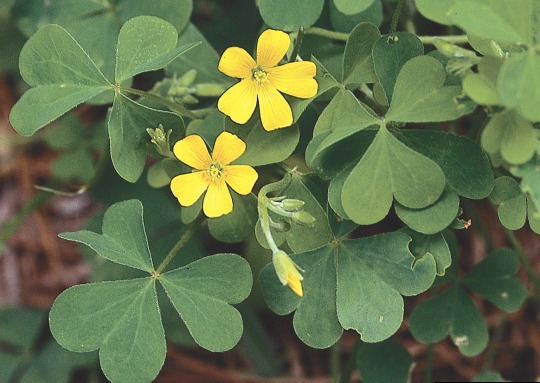
it's yellow woodsorrel! a very common weed (love weeds)
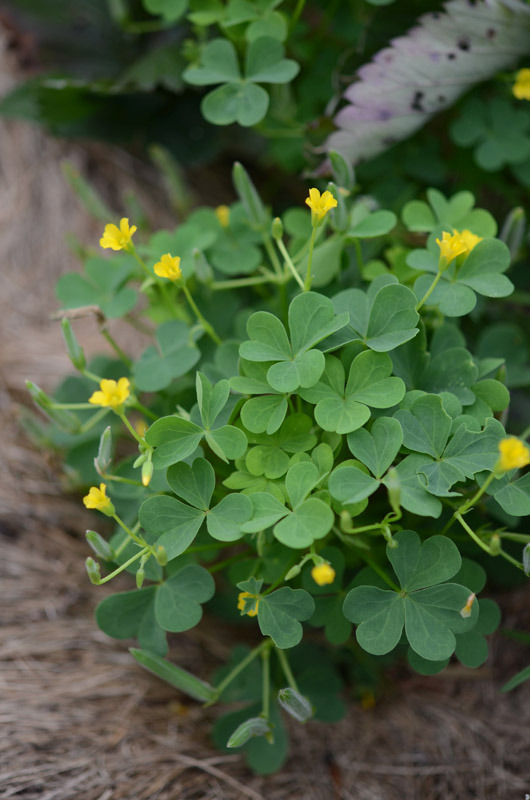

There's also other kinds of woodsorrel that are a bit rarer (at least where I live), like pink woodsorrel (or pink shamrock):
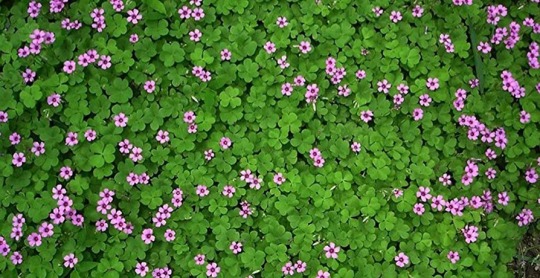
A lot of people see the shamrock leaves and assume it's clover (I know I did until my mom corrected me), but it's not!
This is clover
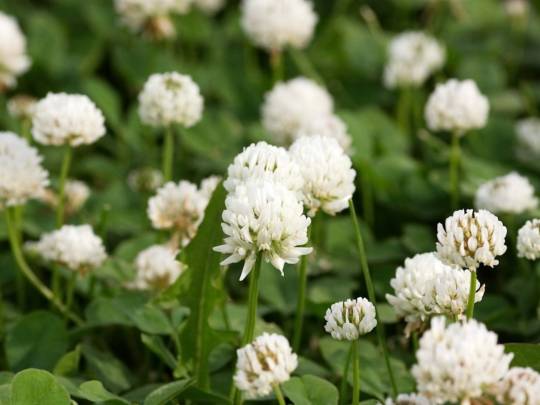
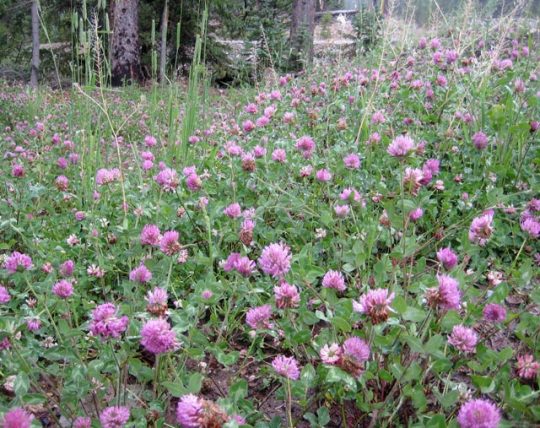
Look at those bulbous flower heads!!! I love it!!!!! And so do cows

It's only good for them as a grazing supplement though, too much clover can be toxic, so it shouldn't be their primary food source (even though they'd love it)
Anyway, this just to say that not all plants with shamrock leaves are clover, and nature's often more fun when you know what you're looking at
Happy Clover Season!
#clover#yellow woodsorrel#pink woodsorrel#shamrock#wood sorrel#plants#not-botany#not-scientific#flowers#spring#weeds#nature#mine
0 notes
Text
Day 793 April Doodle Linocut Style Wood Sorrel
Day 793 April Doodle Linocut Style Wood Sorrel
April Doodle
My CLmooc friends doodle every day. Today, mine is the wood sorrel.
The wildflower wood sorrel is one of my favorite flowers— it grows in the front by the porch, it’s yellow flowers and heart leaves opening in the sunshine and closing in the evening. Beautiful. Here it is in linocut for a simple, but elegant style that I’ve grown to love.
For larger image see teach.eagle Sheri42…
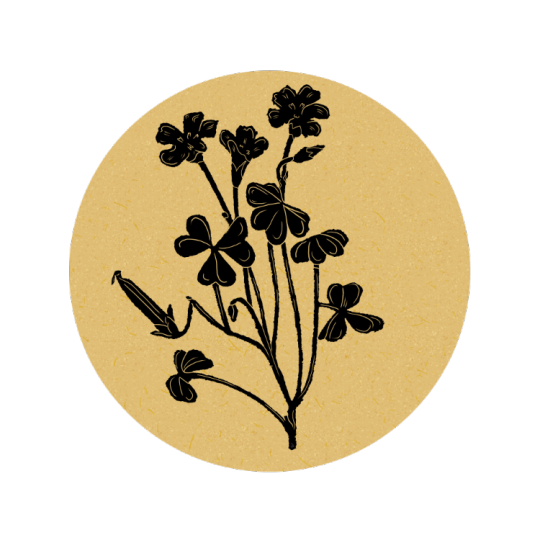
View On WordPress
0 notes
Text

Yellow wood sorrel..Oxalis stricta
This tiny clump of sorrel with its heart shaped leaves seems to have followed me home..
253 notes
·
View notes
Text
comprehensive list of edible flowers to celebrate spring!:
magnolias (they taste like ginger)
dandelions (only eat the yellow stuff not the bitter green stuff)
violets (if u make tea from them then add lemon it turns pink! tastes earthy and mildly sweet)
lilac (they're bitter on their own but if you put a flower head in cold water for a couple hours it makes the most divine, refreshing spring drink)
marigolds (kinda peppery, v fun in salads-- used as a sub for saffron in cooking)
rose (the og edible flower, most are very floral and taste like how they smell, they make for an excellent tea as well!)
nasturnium (very peppery, almost like horseradish-- not my fav but if u like it go off i guess)
peonys (mildly sweet, floral flavor and fun to eat off the bush)
wood sorrel (the flowers are small so it barely made it onto this list but they taste like little bombs of green apple so go eat them--also eat the leaves!)
daisy (some say the yellow center tastes like pineapple-- i think its a bit of a stretch but they are sweet and tasty nonetheless!)
red clover (the flower heads can be white or pink-- the pink ones are the sweeter ones)
redbud (these grow on trees in v early spring-- they taste exactly like snap peas.)
always remember to do research before eating any wild plant, and always be 100% certain that u have the right one-- also don't eat stuff that might be contaminated with pesticides
#plants#flowers#wild edibles#edible flowers#nature#cottagecore#flower aesthetic#gremlincore#ive seen a lot of ppl talking abt how the leaves of dandelion are edible#i know#but raw theyre bitter
336 notes
·
View notes
Photo

Yellow Wood Sorrel, Oxalis stricta ~ Oregon, USA
By summerwages
60 notes
·
View notes
Text
Rabbitkin (or any prey animal) tips- FORAGING!
It’s easy to forget that we have nutritious food right in the yard, park, or the woods! For animals like rabbits or deer or anything that likes to forage we can safely forage If you know your plants well!
(REMEMBER- ALWAYS do your research! Look up different plants/mushrooms and MAKE SURE TO POSITIVELY IDENTIFY any plant before eating!)
Heres some yummy forage that’s super good for you:
🌸 Dandelions! The cute yellow flowers are delicious and all parts are edible! Best in early spring before they get bitter.
🍓🫐 wild berries! Blackberries are easy to identify in the wild by spikey bushes and familiar leaves. The fruits are amazing and the leaves are edible in moderation- makes a lovely tea! Wild strawberries are delicious but hard to find!
☘️ Wild sorrel- one of my favorites! A tangy, yellow-green clover looking plant- tastes like sour patch kids! Contains oxalis acid so eat in moderation!
🧄 Wild garlic- A tall, garlicky smelling stalk, great to put in recipes or eat right off the ground.
🧅 Wild onion- These are easy to identify by dark green stalks and oniony smell. Great right off the ground or in recipes!
Kudzu- Everything but the seeds are edible on a kudzu plant! This is a southern growing vine that has taken over the south- but it’s edible and very delicious!
Nasturtium- I plant these in my garden to repel pests- but the leaves and flowers are delicious and taste like peppers! They grow really fast and are so fun to eat!
#rabbitkin#rabbit#bunnykin#preykin#otherkin#therian#Rabbit therian#deerkin#cowkin#prey#grazing#edible plants
216 notes
·
View notes